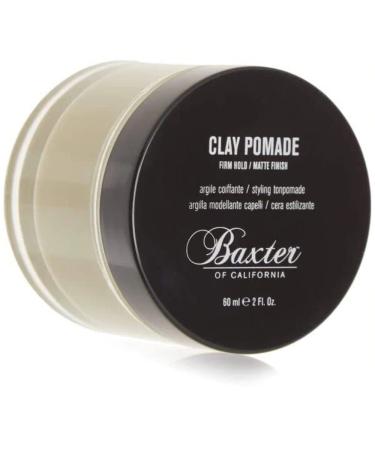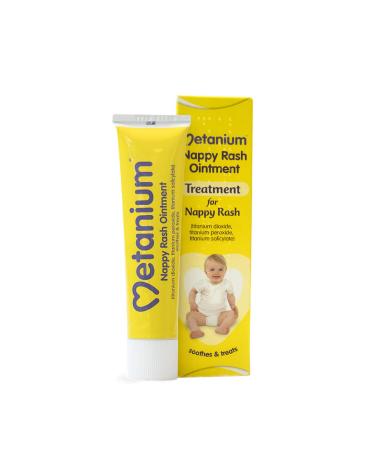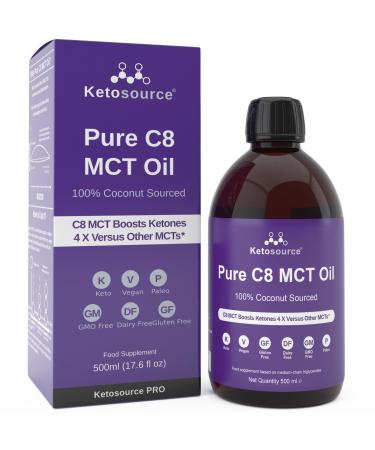Avocado oil is obtained by cold pressing the fruits of the avocado tree (Persea americana), a tree species native to the Western Hemisphere, without any heat or chemical treatment. After cold pressing, it is stored under hygienic conditions.
Avocado oil production and cultivation began approximately 10,000 years ago in the Americas. It is generally applied directly to the skin for skin care and regeneration.
Avocado oil is commonly known as vegetable butter. This is because it has a less sticky texture than other oils. It contains a high concentration of unsaturated fatty acids and their derivatives. In addition to its main active ingredients, it also contains vitamin D and vitamin E. Due to its vitamin D content, rich fatty acid content, soft texture, and ability to be easily absorbed by the skin, it is generally used topically (on the skin).
It provides relief from sunburns and, thanks to its omega-3 content, helps form an antimicrobial skin barrier. Avocado oil, rich in carotenoids, protects the skin against sun damage and prevents the formation of free radicals and DNA damage that may occur due to the sun, although it has a lower protective effect than synthetic sunscreen products.
Avocado oil does not cause any side effects and is harmless. It is also used as an emulsifier in prepared foods. It contains beneficial fatty acids such as palmitoleic acid (omega 7), linoleic acid (omega 6), and linolenic acid (omega 3). These fatty acids have beneficial effects such as improving skin, maintaining moisture balance, giving it a vibrant appearance, and counteracting the effects of aging. Additionally, those who believe they are deficient in these fatty acids can use avocado oil as a supplement.
- 0 natural
- Vegan
- Eco-Friendly
- Animal-Friendly
- Halal
We recommend reading the article to examine scientific research and learn how to use it.
Mineral Content
- vitamin A
- vitamin D
- vitamin E
- vitamin K
- vitamin C
- vitamin B1
- vitamin B2
- vitamin B3
- Vitamin B5
- Folate
- Potassium
- Magnesium
- Manganese
- Copper
- Iron
- Zinc
- Phosphorus
How to Use?
It is recommended to mix and use appropriate amounts with olive oil. It can be mixed with olive oil at a ratio of 1:10 unless otherwise stated. To minimize skin sensitivity, avocado oil blends used with essential oils should be tested on a small area of skin and the area should be monitored for 24 hours. If no undesirable effects are observed, the oil can be used. It can also be diluted with other carrier oils such as and .
Avocado oil can also be used to dilute essential oils. You can use it in skincare by mixing it with and to benefit from its antimicrobial properties.
It can be used in all kinds of homemade drinks, pastries, and salads. The fatty acids in avocado oil do not change during cooking, and its main active ingredient, oleic acid, is the same as in olive oil. In other words, avocado oil can be used in all dishes where olive oil is used.
After removing makeup, massage a small amount of avocado oil into the skin. If used on irritated skin, mix it with St. John's wort oil and massage it into the skin.
For hair care, mix it with coconut oil and massage it into the scalp. There is no need to rinse.
Storage Conditions
- Store tightly closed in a cool, dark place away from sunlight.
- Keep out of reach of children and pets.
- Avocado oil has a comedogenic rating of 3. Level 3 oils can clog pores with a moderate risk. People with acne or skin prone to breakouts should apply avocado oil with caution, diluting it and using small amounts.
Production in accordance with GMP Standards
Our cold-pressed oils are produced within the framework of GMP-certified "Good Manufacturing Systems" and in compliance with the relevant Ministry regulations. They are produced with beneficial raw materials and handcrafted materials, undergoing the necessary analyses and tests.
These statements have not been evaluated by the Food and Drug Administration. This product is not intended to diagnose, treat, cure, or prevent any disease.
Relevant laws and regulations do not permit sales and promotion by specifying disease names or indications.













